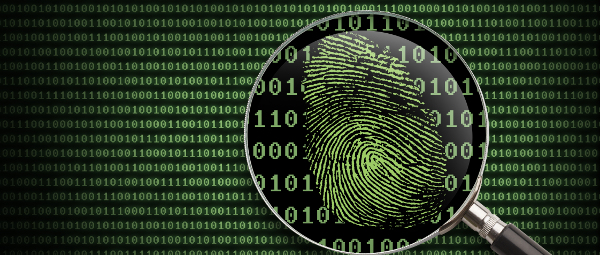
Researchers at Dartmouth College have developed a wearable bracelet that combines wrist movement data and other biometrics to authenticate their identity.
Common authentication methods rely on users to log out from the computer terminal after use, according to the researchers, but users often forget to log out, which is a security risk.
In response, the Zero-Effort Bilateral Recurring Authentication (ZEBRA) bracelet contains a built-in accelerometer, a gyroscope and radio on the user’s main wrist.
"When a user uses a computer terminal, the bracelet records the wrist movement, processes it and sends it to the terminal," the researchers wrote in a paper.
The terminal then compares the wrist movement with the wrist movement with the data it receives from the user via the keyboard and mouse, to confirm that they correlate.
"Because the bracelet is on the same hand that provides inputs to the terminal, the accelerometer and gyroscope data and input events received by the terminal should correlate because their source is the same – the user’s hand movement," the researchers said.
The college said that the device achieved 85% accuracy in verifying the correct user and identified all adversaries within 11 seconds following experiments.
The researchers said: "We confirm the user’s continued presence by observing what the user is doing from two different sources and comparing those observations; we call this bilateral authentication. This approach complements any method that may be used for initial authentication, such as a password, a token, or a fingerprint biometric."






